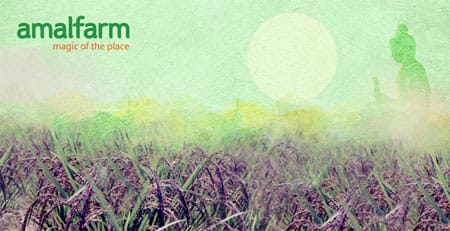
Kalanamak Rice and the story behind
Admin Amalfarm2024-05-22T18:18:56+00:00
Kalanamak rice always topped the list of our Grannies for its taste, aroma, and benefits. But little did we know that Buddha Rice, popularly known as Kalanamak Rice, is one of the premium quality grains of rice from our country. The name Kalanamak is derived from the black husk.
This type of rice is cultivated in Sidharth Nagar, Gonda, Sant Kabir Nagar, Basti, Gorakhpur, and Maharajganj (widely known as Tarai belt) of Uttar Pradesh. Kalanamak rice has been awarded the Geographical Indicator (GI) tag award in the year 2013. Sidharth Nagar was selected for the award.
Kalanamak Rice outshines the most popular Basmati rice in terms of quality, except for the grain length.
History of Kalanamak Rice:
History shows that Kalanamak rice is been cultivated since 600 BC – the Buddhist period. Traces of Kalanamak rice grains were found from the excavation of Aligarhwa(now Sidhartha Nagar).
It is said that the rice and its fragrance was a gift of Gautam Buddha to the Mathla Village, where he had stopped while heading towards Kapilavastu after attaining enlightenment.
Interesting facts of Kalanamak rice:
While the consumption of rice is common, but very less do we know that consuming Kalanamak Rice is far more beneficial and necessary. This organic rice part from curing Alzheimer’s disease, helps in controlling blood pressure level. It keeps our heart and skin healthy. Thus, the need to consume Kalanamak Rice is important, especially in the competitive age we belong where the rat race is affecting our health. Hence, when the Government of India came up with a scheme to promote crops that have micronutrients, Kalanamak rice was topped the list because of its nutritional value and benefits.
Straight from the origin:
Amalfarm is taking an initiative to bring a healthy diet to your table. We source our products directly from the farmers directly. This enables us to bring the best to you while empowering our farmers.

